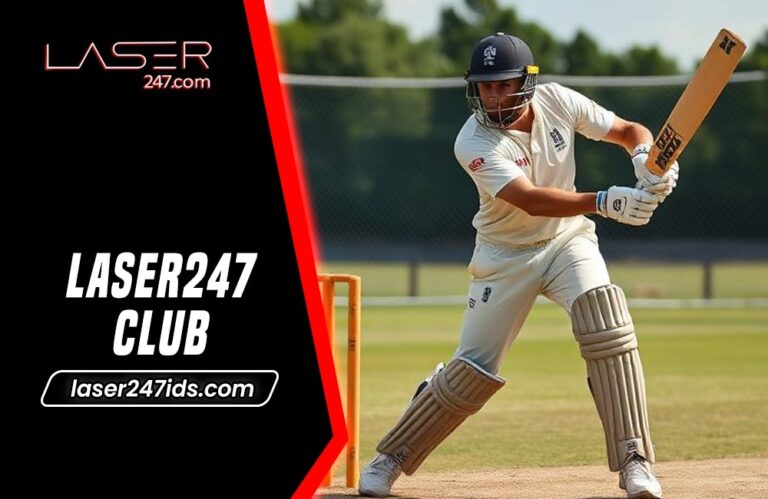
In the world of combat sports, agility and speed often separate good fighters from great ones. While strength and technique are essential, mobility determines how effectively an athlete can react, evade, and strike with precision. One of the most overlooked factors that contribute to superior mobility is the type of Fighting Sports Gear you use. The right lightweight gear not only enhances movement but also reduces fatigue and boosts overall performance.
In this article, we’ll explore how lightweight Fighting Sports Gear can improve speed and efficiency — and what to look for when choosing it.
1. The Importance of Lightweight Gear in Combat Sports:
Every ounce of weight matters in combat sports. Whether you’re boxing, kickboxing, practicing MMA, or Muay Thai, your gear can either support your mobility or hold you back. Lightweight Fighting Sports Gear minimizes resistance, allowing faster footwork, quicker punches, and smoother transitions between techniques. Moreover, lighter gear puts less strain on your muscles and joints, reducing the risk of fatigue and injury during long training sessions or intense fights. In short, lighter gear helps you move naturally — as an extension of your body rather than a burden.
2. How Lightweight Gear Enhances Speed and Performance:
The design and materials used in modern Fighting Sports Gear play a vital role in optimizing speed. High-quality, lightweight materials like microfiber leather, mesh panels, and foam composites offer durability without unnecessary bulk. The reduction in weight leads to several key advantages:
Improved Reaction Time: Lightweight gloves and protective gear allow faster punches, blocks, and defensive movements.
Better Endurance: Less weight equals less energy expenditure, helping you maintain intensity over longer sessions.
Enhanced Agility: Light equipment enables smoother directional changes and efficient body movement.
Increased Comfort: Breathable fabrics and ergonomic designs keep athletes cool, dry, and flexible.
Simply put, lightweight Fighting Sports Gear enhances your natural motion, enabling faster, more dynamic performance without compromising protection.
3. Key Lightweight Gear Every Fighter Should Own:
Not all gear affects your speed equally. Below are the essential pieces of Fighting Sports Gear where weight plays a significant role in mobility:
a. Gloves:
Lightweight gloves made with multi-layer foam and microfiber leather offer excellent protection while maintaining flexibility. Training gloves (10–12 oz) and competition gloves (8 oz) are designed for speed and power, allowing fluid hand movements and precise striking.
b. Headgear:
Modern headgear is now designed with lightweight foam padding that offers maximum protection without obstructing vision or adding bulk. This allows fighters to move and dodge quickly during sparring.
c. Shin Guards:
For kickboxing and Muay Thai athletes, lightweight shin guards are essential. EVA foam padding combined with a contoured fit ensures full protection while allowing quick kicks and rapid movement.
d. Apparel and Rash Guards:
Compression wear made from elastic, moisture-wicking fabrics provides unrestricted movement and muscle support. Lightweight rash guards and shorts also prevent overheating, making them perfect for high-intensity training.
e. Footwear:
Lightweight boxing or wrestling shoes are crucial for maintaining balance and speed in footwork. They provide traction without weighing down your steps, helping you stay quick on your feet.
4. Modern Materials Behind Lightweight Fighting Gear:
The evolution of Fighting Sports Gear has brought advanced materials that balance lightness, durability, and protection. Manufacturers now use:
Microfiber Leather: A synthetic alternative to traditional leather, offering strength, breathability, and reduced weight.
High-Density Foam: Layers of shock-absorbing foam that protect without bulk.
Mesh Ventilation Panels: Improve airflow and temperature regulation during training.
Elastic Spandex and Polyester Blends: Provide flexibility and freedom of movement in apparel.
These innovations ensure that fighters can train harder, move faster, and stay protected — all while feeling light and agile.
5. How to Choose Lightweight Gear Without Compromising Safety:
While lightness is key, protection should never be sacrificed. When choosing lightweight Fighting Sports Gear, consider the following factors:
Fit: Proper fit ensures that gear doesn’t shift or slip during motion. Loose equipment can slow you down and cause injury.
Padding Quality: Look for multi-layer foam or gel padding that offers adequate impact absorption despite being light.
Durability: Lightweight gear should withstand repeated impact. Avoid ultra-thin materials that wear out quickly.
Certification: Choose gear from reputable brands that meet safety and competition standards.
Balancing these factors ensures that you get the perfect combination of speed, safety, and comfort.
6. Benefits of Training with Lightweight Gear:
Using lightweight Fighting Sports Gear doesn’t just improve your performance during competition — it transforms your overall training experience. The benefits include:
Enhanced Reflexes: Training with light gear helps build muscle memory for quick reactions.
Reduced Fatigue: You’ll last longer in sparring sessions without feeling weighed down.
Better Focus: Without discomfort or restriction, you can concentrate fully on your technique.
Injury Prevention: Light, ergonomic gear reduces strain on joints and muscles.
Over time, these benefits contribute to sharper skills, faster movement, and greater confidence in your fighting abilities.
Final Thoughts:
In combat sports, every advantage matters — and lightweight Fighting Sports Gear provides a clear edge. By minimizing resistance and maximizing mobility, it allows fighters to perform at peak speed, agility, and endurance. Whether you’re a beginner or a professional athlete, investing in quality lightweight gear is an investment in your performance and long-term success.
When you move faster, think sharper, and react quicker, victory isn’t just possible — it’s inevitable. Choose your gear wisely, train hard, and let your agility define your fight.


